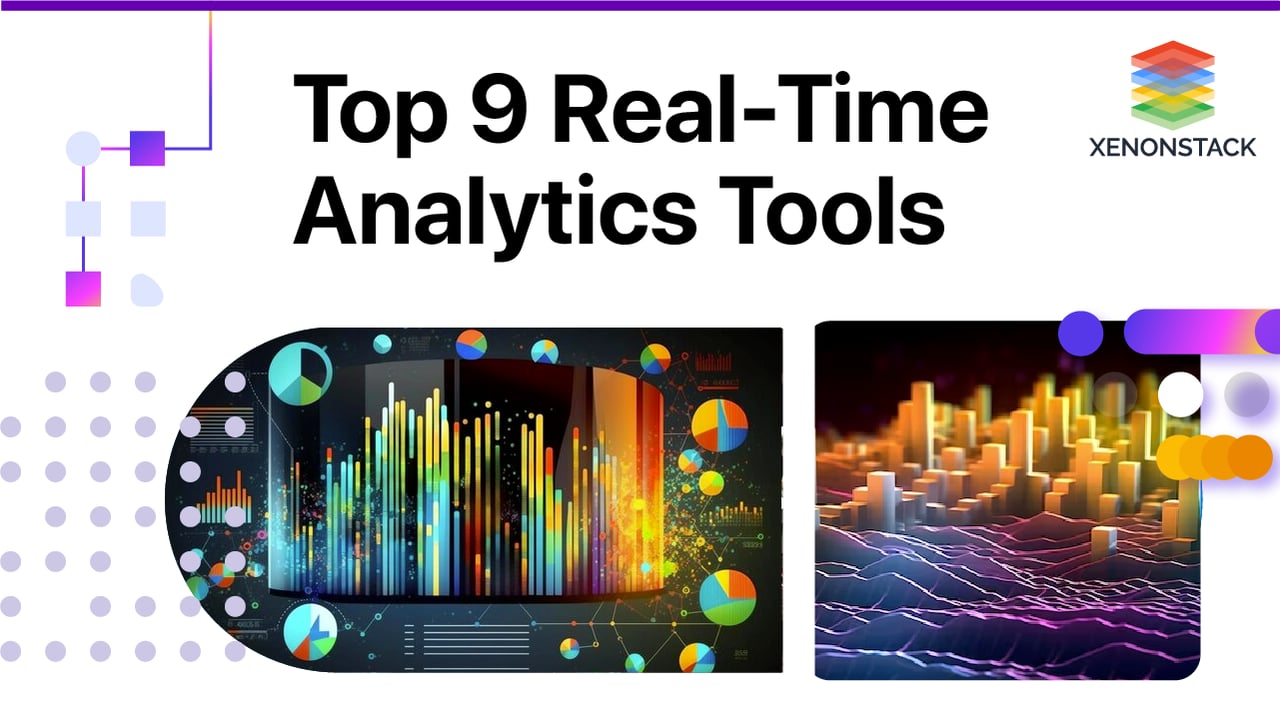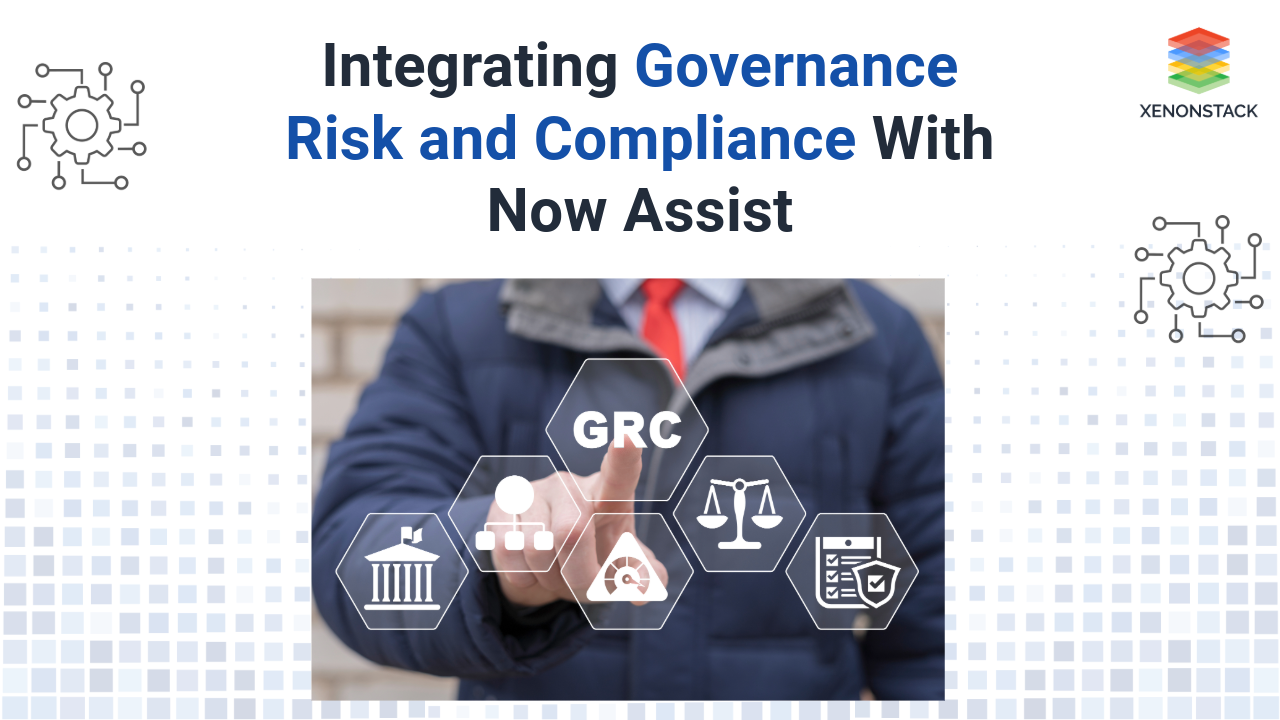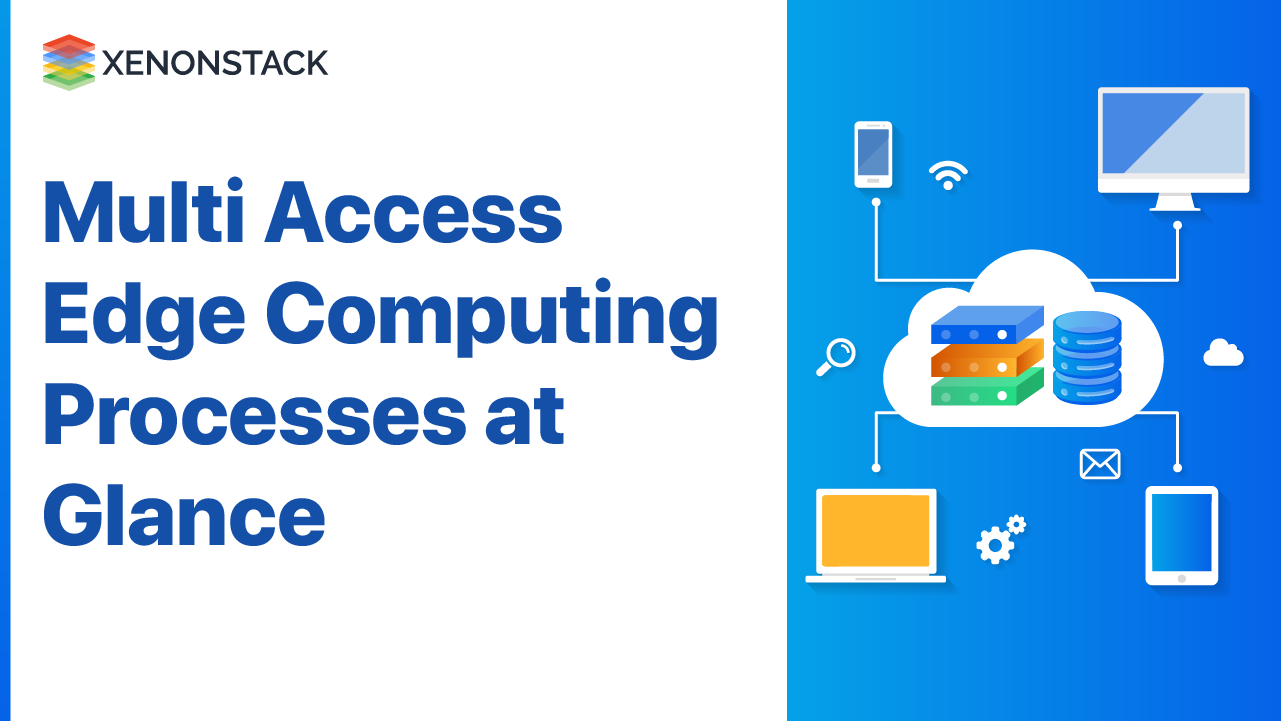
Real-time Analytics Tools
Stream analytics, also known as Real-time stream analytics, is the Real-time or near-time processing of data to predict future trends. In summary, event stream processing allows continuous data to be queried or analyzed while responding to actual events in short intervals (usually milliseconds). There are many time-tracking tools, such as:
1. Apache Kafka
Apache Kafka is a distributed streaming platform that builds Real-time data pipelines and streaming applications. Kafka can handle large-scale data streams and offers high throughput, low latency, and fault tolerance. Kafka can integrate with various data sources and sink systems, making it an excellent Real-time data processing and analysis tool.
2. Amazon Kinesis
Amazon Kinesis is a fully managed Real-time streaming data platform that can handle data in any format and scale. Kinesis offers sub-second processing latency and can support Real-time analytics, data exploration, and machine learning use cases. Kinesis integrates with other AWS services and offers various security and compliance features.
Explore more about Real-Time Analytics Services on AWS
3. Apache Flink
Apache Flink is a free and open-source data flow analytics platform that can easily manage product and performance flows and help calculate limited and unlimited data. Flink allows you to understand, analyze, and split stream data from multiple sources into multiple streams. Flink's interface is easier to use and does not require much training. You can connect to cluster management platforms such as YARN, Hadoop, and Kubernetes. Also, Flink can process millions of events in milliseconds.
4. Apache Hadoop
Hadoop is also open source with a distributed database and MapReduce engine for storing and processing large amounts of data. Although Hadoop is older and not as fast as Spark, many companies adopting it will keep going because something better is coming.
5. Google Cloud Dataflow
Google Cloud Dataflow is a fully managed Real-time and batch data processing service that can handle data from various sources and sink systems. Dataflow supports Apache Beam, a unified programming model for batch and streaming data processing. Dataflow offers auto-scaling, parallel processing, and integration with other Google Cloud services.
Deep dive into Google Cloud Services for Real-Time Analytics
6. Apache Spark Streaming
Apache Spark Streaming is a Real-time data processing framework built on Apache Spark. Spark Streaming can process data streams in micro-batch intervals and offers fault tolerance, high throughput, and low latency. Spark Streaming supports various data sources and sink systems and can integrate with other Spark components.
7. Splunk
Splunk is a Real-time data analytics platform for log monitoring, machine data analysis, and security monitoring. Splunk can handle various data sources and offers Real-time dashboards, alerts, and visualization tools. Splunk offers various deployment options, including cloud-based and on-premise solutions.
8. Azure Stream Analytics
The Real-time streaming architecture of Microsoft Azure Stream Analytics tools can generate data streams from various sources, such as mobile devices. In addition, data flow tools like Azure Stream Analytics and Cosmo DB can perform tasks such as reading data streams, analyzing historical data execution, and more.
Delve into deeper insights on Azure Real-Time Analytics Services
9. IBM Stream Analytics
IBM Stream Analytics can help create customized, Real-time streaming apps. IBM streams power this; one can confidently use this streaming analytics platform to analyze, ingest, or correlate information from numerous data sources in Real Time.
Batch and Real-time processing are standard data processing methods with unique characteristics and applications. Taken From Article, Batch vs Real Time Processing
Advantages of Real-time Analytics Tools
Real-time analytics tools serve various purposes and offer numerous benefits for businesses.
-
Faster Decision-making
Real-time analytics tools enable businesses to analyze data in real-time or near real-time, enabling them to make decisions quickly as new information emerges. This helps businesses respond quickly to changes, customer needs, and business opportunities.
-
Operational Efficiency
It can help businesses improve operational efficiency by monitoring and optimizing their processes in real time. For example, they can detect and address bottlenecks, anomalies, and errors before they cause significant downtime or quality issues.
-
Customer Insights
Customer satisfaction is a top priority for any business. It can give businesses Real-time insights into customers' behaviour, preferences, and needs. This enables businesses to personalize their offerings, improve customer engagement, and increase customer loyalty.
-
Risk Management
Real-time analytics tools can help businesses mitigate risks by monitoring and identifying threats in real time. For example, they can detect fraud, security breaches, and breaches before they cause serious harm.
-
Competitive Advantage
This tool can give businesses a competitive edge by enabling them to make faster, more informed decisions than their competitors. This can help businesses to seize market opportunities, differentiate themselves from competitors, and improve their bottom line.
-
Innovation
Real-time analytics tools can fuel innovation by enabling businesses to experiment, test, and iterate their products and services in real time. This allows businesses to quickly adapt to changing market conditions, customer needs, and emerging technologies.
Get to know more about Top Real-Time Analytics Use Cases
Challenges of Real-time Streaming and Analytics
While Real-time streaming and analytics offer many benefits, there are also some limitations to consider:
-
Data Quality Issues
Real-time streaming requires high-quality data to be effective. Only complete or accurate data can result in better insights and decision-making.
-
Cost and Complexity
Real-time streaming and analytics can be costly and complex, especially for large organizations with complex data environments. Additional hardware and software may be required to support Real-time processing and analytics.
-
Security and Privacy Concerns
Real-time streaming and analytics may raise security and privacy concerns, mainly when dealing with sensitive data. Implementing appropriate security and privacy controls to mitigate these risks is essential.
-
Skillset Requirements
Real-time streaming and analytics require specialized skills like data engineering, data science, and machine learning. Finding and retaining employees with these skills can be challenging and costly.
-
Infrastructure Limitations
Real-time streaming and analytics require a robust and reliable infrastructure to operate effectively. This may include high-speed networks, powerful servers, and specialized software, which can be expensive to maintain and upgrade.
A multi-step process and includes complex transformations that require total durability and fault tolerance. Taken From Article, Real-time Data Streaming using Kafka
Use Cases of Real-time Analytics
Real-time analytics has a wide range of use cases across various industries.
1. Finance
Real-time analytics is critical in the finance industry, where timely and accurate decision-making is crucial. Real-time analytics can be used for fraud detection, risk management, and portfolio optimization. For example, real-time analytics can help identify potentially fraudulent transactions and flag them for investigation before they cause significant financial losses.
Discover further insights into Real-time Analytics within the finance domain
2. Healthcare
Real-time analytics is used in the healthcare industry for patient monitoring, diagnosis, and treatment. It can help healthcare providers detect early warning signs, monitor vital signs in real-time, and personalize treatment plans based on patient data. For example, real-time analytics can monitor patients in intensive care units and alert healthcare providers of any critical changes in Real Time.
Learn more about Real-time Analytics in the healthcare sector
3. Retail
In the retail industry, Real-time analytics provides personalized shopping experiences for customers, optimizes inventory management, and increases sales. It can help retailers track customer behaviour in Real Time and offer personalized product recommendations and promotions. For example, Real-time analytics can detect low inventory levels and trigger Real-time reordering to avoid stockouts.
4. Manufacturing
Real-time measurement is used for quality control, predictive maintenance, and optimization in production. Real-time analytics can help companies monitor equipment and detect problems before they become severe or quality issues. For example, Real-time analytics can identify faulty equipment and trigger timely maintenance alerts. Also, Real-time analytics is used in other industries, including transportation, gaming, and marketing.
Real-time analytics can be used for route optimization and fuel efficiency in transportation. This can be used in gaming for player behaviour analysis and performance optimization. In marketing, real-time analytics can help monitor social media and websites and make real-time campaign adjustments.
Summary of Real-Time Analytics Tools
Real-time analytics tools allow businesses to analyze and act upon data in real time, gaining valuable insights and improving decision-making. Real-time data processing allows businesses to make timely and informed decisions, giving them a competitive advantage in a rapidly changing business environment. Real-time analytics technologies like Apache Kafka, Amazon Kinesis, Google Cloud Dataflow, Apache Spark Streaming, and Splunk provide a range of features and functionality to suit different business needs and use cases.
Read here about IoT Analytics Platform for Real-time Data Ingestion
Explore further about Real-Time Analytics Services and Solutions




